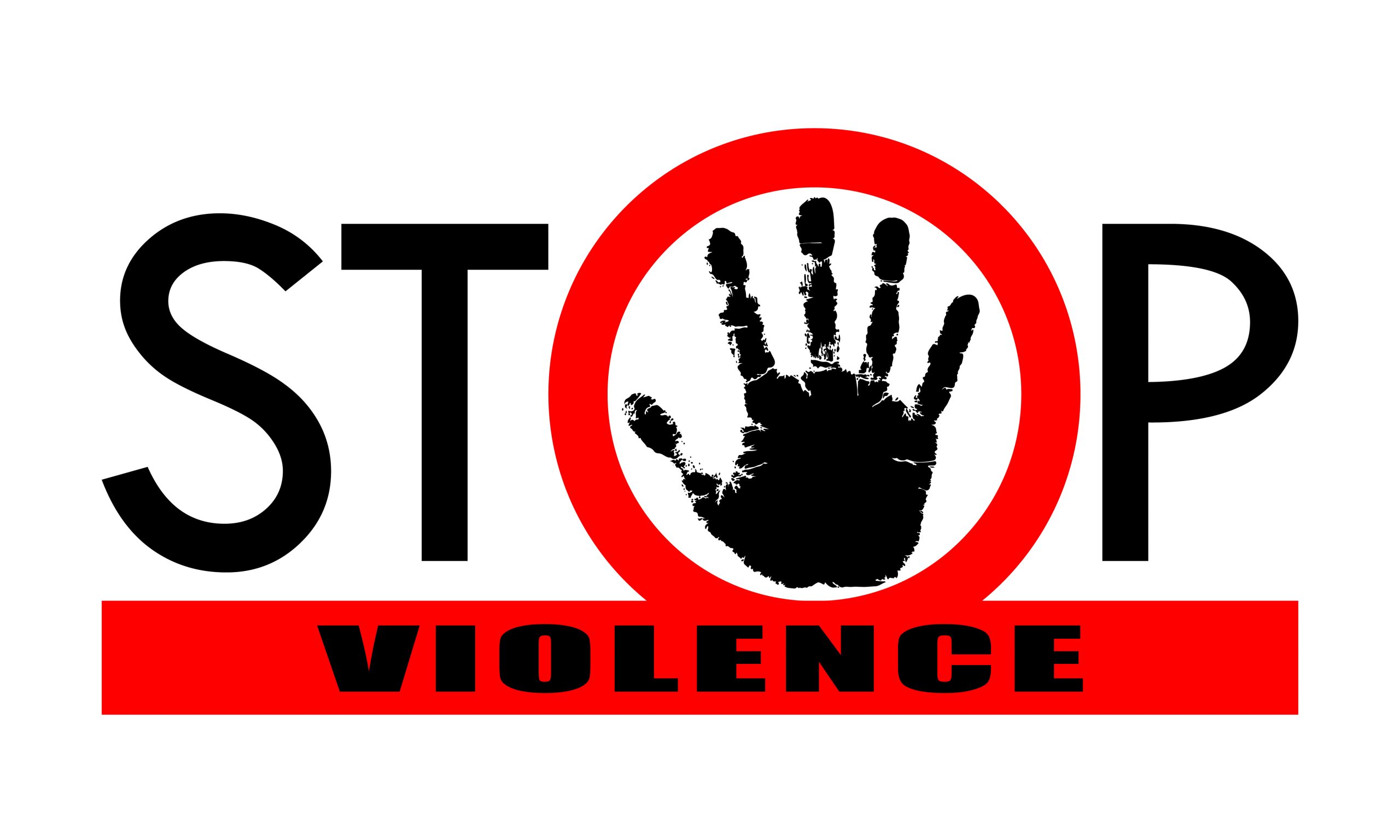
15 Nov The Psychology of Violence and Aggression: Situational Stress
Spending any time watching the News can leave you feeling bewildered and confused about what seems to be a high prevalence of violence in our society. Violence however, as a human behavior can be better understood when you examine the factors that contribute to people behaving aggressively. Violent crimes are actually much higher than they were pre-pandemic. The Council on Criminal Justice reports that crime remains historically high in 2022 and homicide hit record levels in 2019 and 2020.
In the Encyclopedia of Criminal Psychology, violence is driven by one of four categories of psychological factors: biological, socialization, cognitive, and situational. Research into violent behavior has helped us to understand the many factors that influence tendencies towards aggression, such as Traumatic Brain Injuries, learned behavior, and environmental influences. Situational factors are likely to blame for the increase in violent trends since 2019.
Violence and aggressive behavior encompass a continuum of behaviors, from mild aggression such as swearing about other drivers on the road to interpersonal violence that is more severe, such as domestic violence, to extreme levels of violence like homicide. This can have a cumulative effect, where the stress of one person we interact with impacts our own stress levels. For example, poor customer services and rudeness when getting a cup of coffee before going into the office may influence how that person will interact with colleagues in a meeting. Hence the aggression will build upon itself and each negative interaction.
Humans have a limited capacity to manage stress and each person has their own resistance level to handle stress. The American Psychological Association defines stress tolerance as “the capacity to withstand pressures and strains and the consequent ability to function effectively and with minimal anxiety under conditions of stress.” Experiencing high levels of stress or periods of chronic stress can result in a myriad of problems from insomnia, depression and anxiety, health conditions such as cardiovascular disease, and poor tolerance in interpersonal relationships.
The COVID-19 pandemic, the constant fear of loss of life from the virus, actual loss of friends and family, the protests and riots of 2020, the January 6th insurrection, financial stress caused by inflation and high gas prices are stressors that impact the stress tolerance and can create stress burnout. An evolutionary adaptation, the fight or flight response to stress has helped humans survive dangerous threats for thousands of years, however it can adversely impact how we respond to situations that are not life-threatening. A study published in 2004 in the Behavioral Neuroscience Journal found a relationship between stress and aggression, reinforcing one another. In this study, the researchers found that stress hormones stimulate the hypothalamus, where aggressive emotions develop and once the person becomes agitated, this promotes the creation of more stress hormones. It is theorized that this helps us to understand why people may react later, to a seemingly benign situation, if they experienced increased stress previously that day.
Like the proverbial “boiling point,” the stress tolerance for many individuals in the US today is at capacity, resulting in the increase of mild to severe incidences of violence and aggressive reactions. The greater the stress or the more prevalent the incidences of high stress during a given period result in a lessening of their threshold for stress. Understanding this concept will help raise awareness in ways we can heal and reduction in community stress levels can begin at an individual level.




